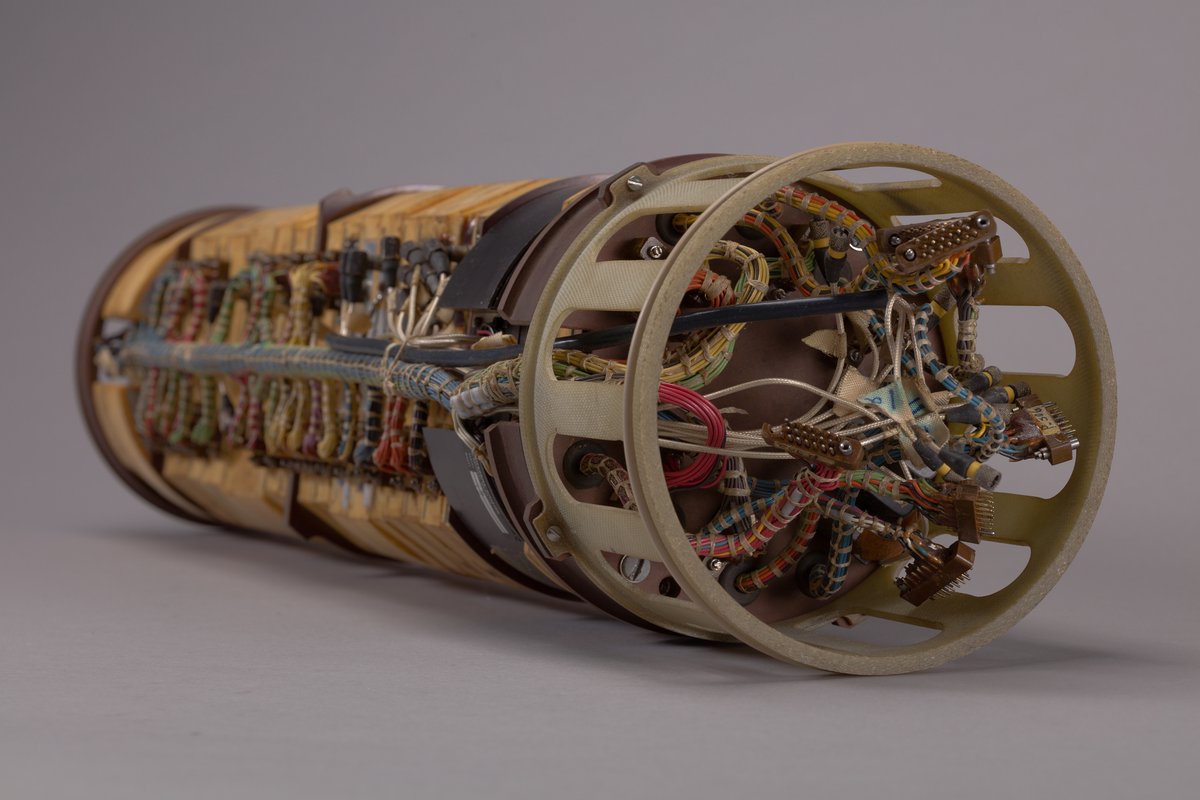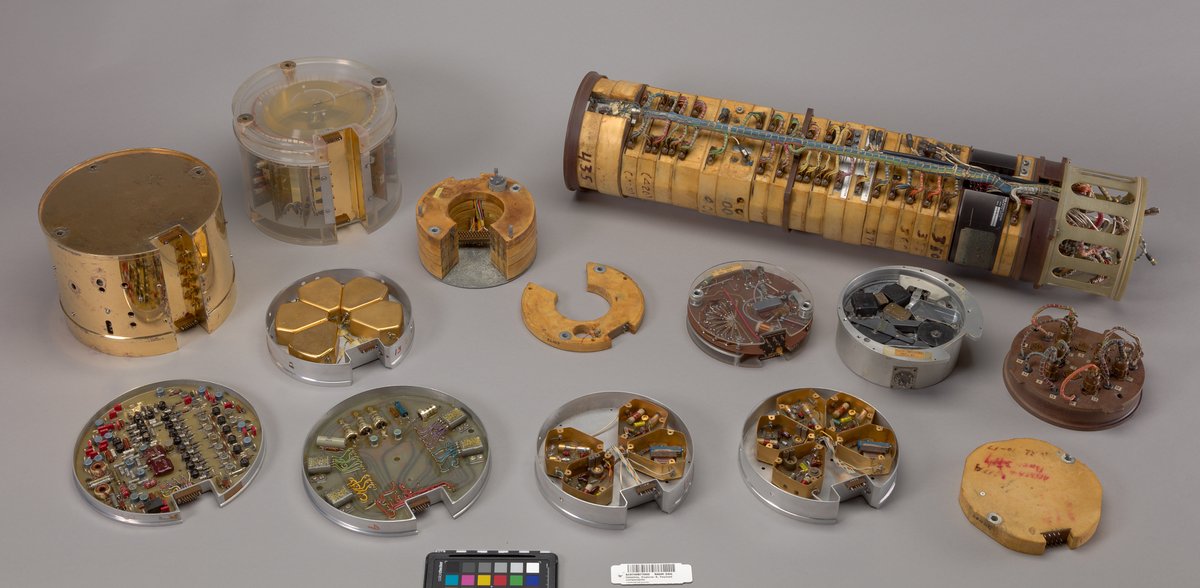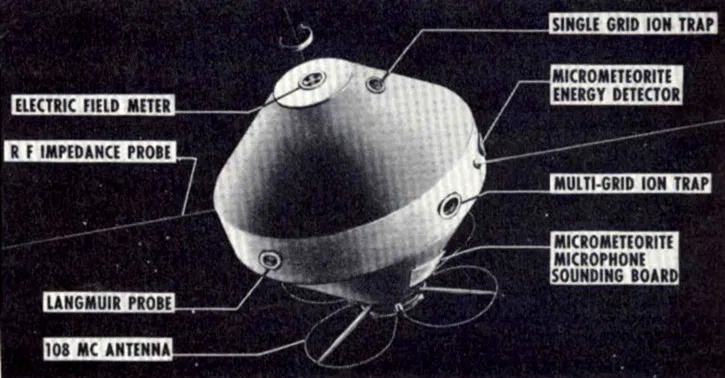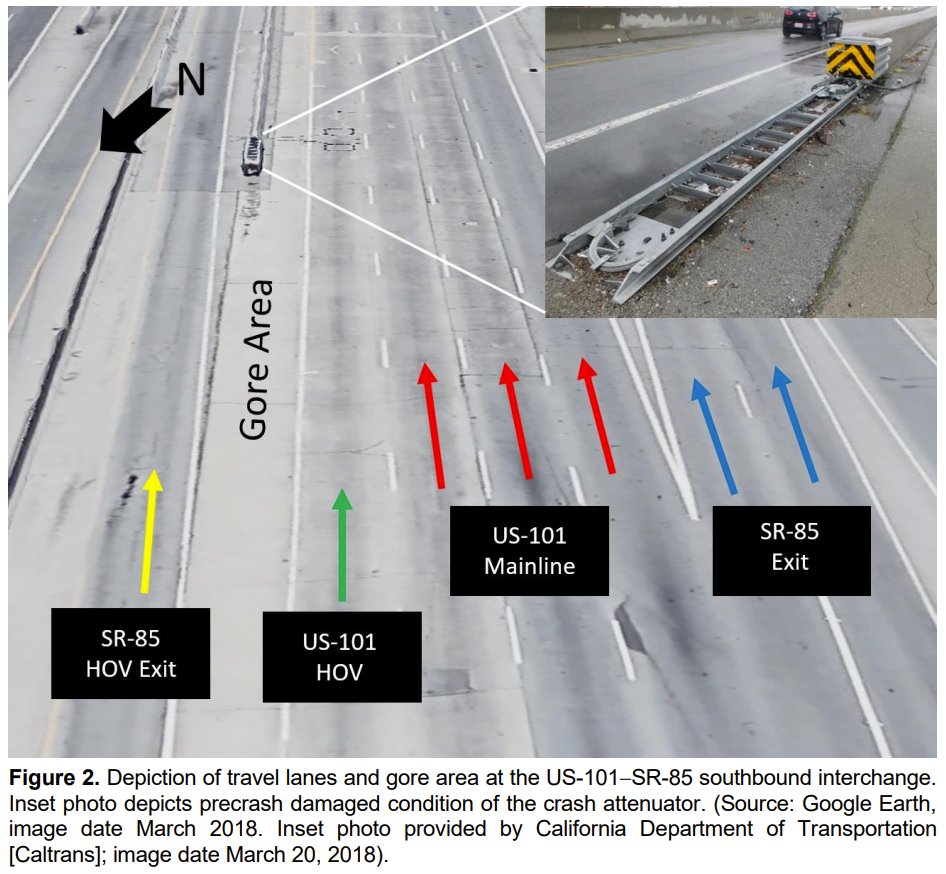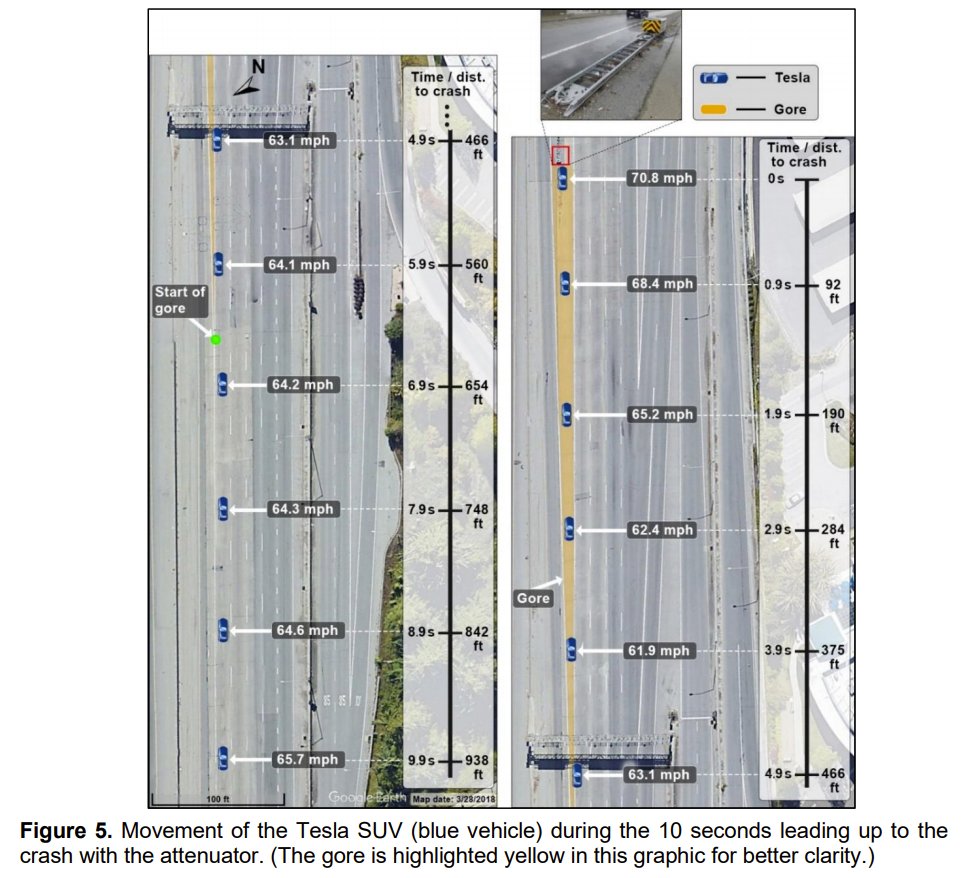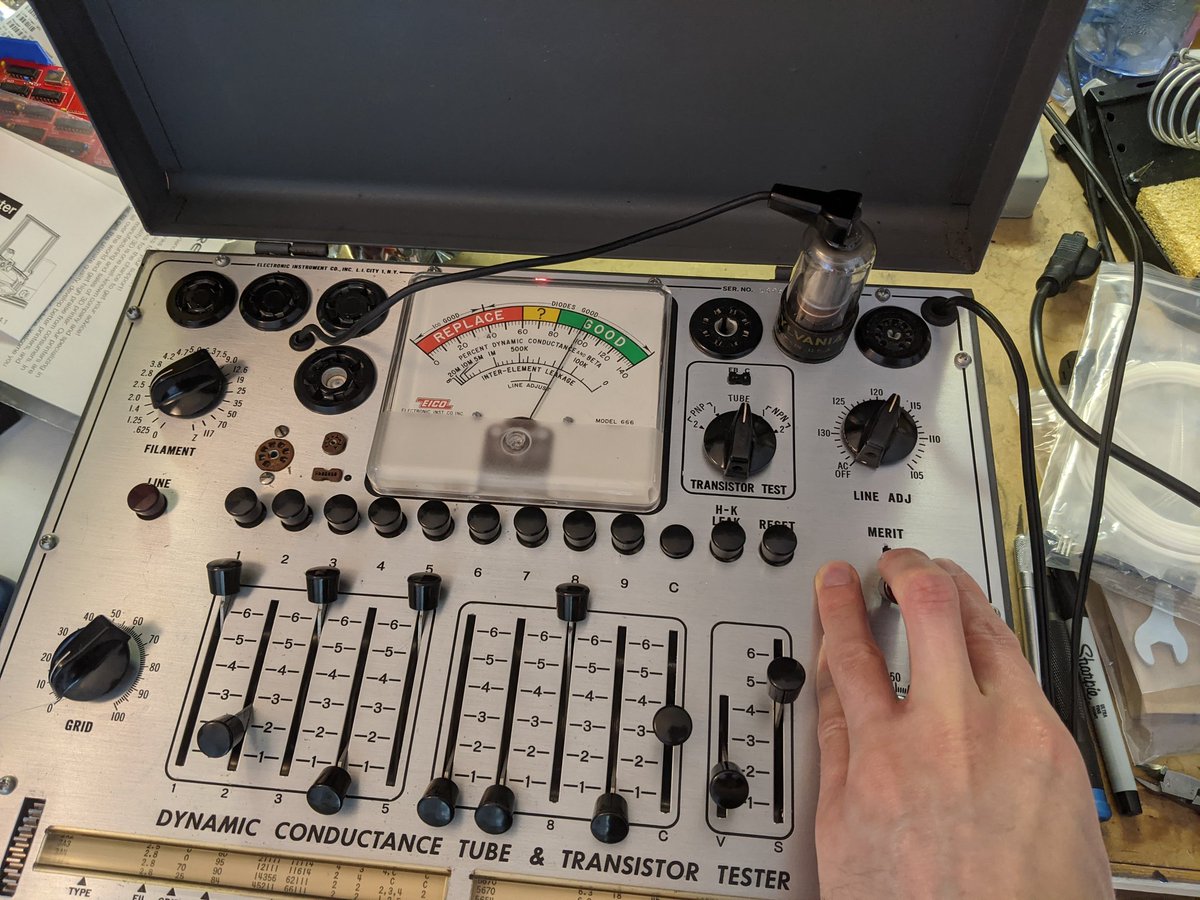
this thing just *screams* IBM. the yellow wire was IBM's standard prototyping/bodge wire. to strip the wire, just crimp it with pliers and it peels off like a banana. 

IBM also had house part numbers on chips. these "239 2111" devices are actually 7474 TTL flip flops. 

take a close look at those RAM chips. they're actually dual-die MK4332 devices! this original prototype has 64K of RAM.

https://twitter.com/kenshirriff/status/1322585264695357441

the ROM chip has a paper label on it dated to December 1980. 🤔
but there's something that you don't see on this motherboard prototype: IBM SLT modules, like in this photo. that's because the team used off-the-shelf parts! this was controversial inside IBM at the time. 

just to make things clear: i don't have access to this IBM PC prototype motherboard. the photos are from a paper (ieeexplore.ieee.org/document/58873…). but the other photos are from a different IBM prototype that i do actually have!
and that is the prototype of a 4" disk drive (yes, 4 inch) that was being developed around the same time. details in this thread.
https://twitter.com/TubeTimeUS/status/1032066215647166464
at some point i really ought to reverse engineer the circuit board for that.
it would *also* be fun to reverse engineer the prototype PC motherboard, but i don't have that. perhaps Dr. David Bradley (aka Dr. Dave), who helped create it, knows where it is.
it would be interesting to see differences from the release version. the same goes for the BIOS code
it would be interesting to see differences from the release version. the same goes for the BIOS code
• • •
Missing some Tweet in this thread? You can try to
force a refresh








